Innovation Frenzy in Mobile Phones in 2024: Top 10 Technologies Take Center Stage, All for Enhanced Practicality
![]() 12/31 2024
12/31 2024
![]() 483
483

2024 has been a pivotal year for AI hardware innovation.
The industry has reached a consensus that "focus on applications, not just parameters." On one hand, AI hardware is booming, with phones, PCs, household appliances, cars, cleaning devices, home appliances, headphones, cameras, and storage devices all competing to innovatively incorporate AI. On the other hand, AI is profoundly transforming software, with native AI applications like Wenxiaoyan and Doubao gaining popularity, and traditional applications like search, input methods, browsers, payments, office software, and e-commerce being reimagined through AI.
AI has emerged as a 'magic wand' for technological innovation, and this is merely the beginning.
In December, the 'Leitech Annual' special will go live, with 'Focus on 2024' systematically reviewing the companies, products, technologies, and figures that stood out in the tech industry this year, while 'Outlook 2025' will provide a sneak peek into the products and technologies anticipated in the tech industry next year, paying tribute to innovation, chronicling the times, and inspiring the future.
Please subscribe and follow us.
As 2024 draws to a close, the mobile phone industry remains vibrant. Some brands have boldly innovated at the hardware level, offering diverse solutions, while others have concentrated on software, making significant strides in AI and other software experiences.
Looking back at 2024, which mobile phone technologies and innovations are worth remembering, and which will set the trend for the mobile phone industry in 2025? As part of Leitech's 2024 Annual Special, Leitech will summarize the pivotal technological advancements in the mobile phone industry over the past year in this article.
Counting down the top 10 innovations in the mobile phone industry, excellence that transcends mere specification races is equally captivating.
The mobile phone industry is not solely focused on specification races. Instead, more manufacturers are realizing that innovating in functional features and new technologies is often more effective than stacking specifications. Let's explore some of the most representative innovations and designs in the mobile phone industry in 2024.
1. Dual-hinge Triple-folding: A New 'Ceiling' for Foldable Phones
Representative Product: Huawei Mate XT Masterpiece
On September 10, Huawei unveiled the world's first mass-produced triple-folding smartphone, the Mate XT Masterpiece. Structurally, it achieves folding and unfolding through the synchronized response of two hinges: an inner fold and an outer fold. The inner fold hinge employs an embedded slider structure to reduce the rotation angle of the arc arm, while the outer fold hinge introduces an embedded design to minimize the hinge system's impact on body thickness. Crafted from titanium-based alloy with complex processing techniques, the hinge material balances lightness and strength. The official claims it remains unaffected even after a million open-close cycles.
Unlike the 'any-way-you-fold-it' approach, the significance of the triple-folding structure lies in enabling foldable screens to achieve a display ratio closer to that of mainstream tablets, reducing top and bottom black bars when viewing conventional horizontal videos, resulting in higher screen utilization and information display efficiency compared to conventional dual-folding models.
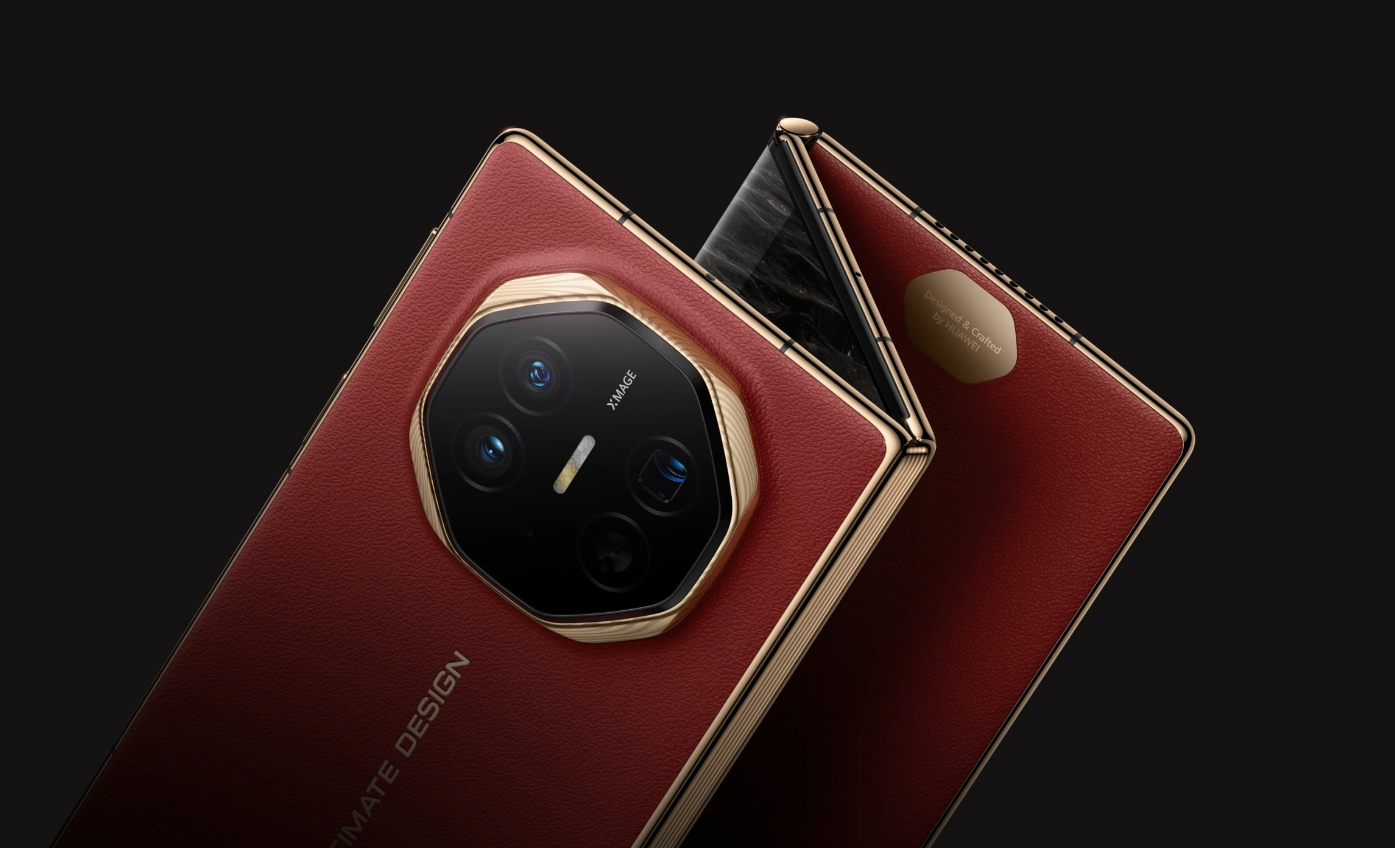
(Image from Huawei)
Despite the Mate XT's initial limited production volume and high unit price, and the need to further explore use cases for the triple-folding form factor, it remains a highly representative technological breakthrough and innovation in the mobile phone industry in 2024. Additionally, a second brand has officially announced plans to follow suit with a triple-folding phone, and we eagerly await its development.
2. Mechanical Pop-up Camera: High-end Imaging and Sleek Design Coexist
Representative Product: Huawei Pura 70 Ultra
It has long been an industry consensus that mobile phone imaging capability is directly proportional to body thickness. Larger sensor areas necessitate thicker lens modules to ensure proper imaging. Most high-end imaging flagship phones, particularly those with 1-inch main cameras, are thicker than average phones. However, Huawei offered a novel solution this year.
Huawei introduced a mechanical pop-up camera design in the Pura 70 Ultra. When activated, the main camera module pops out and retracts when idle. Structurally, the Pura 70 Ultra's pop-up module employs a rotating and extending mechanism, combining stepper motors, springs, gears, and other components. Despite housing a 1-inch sensor, the Pura 70 Ultra is 1-2mm thinner than other imaging flagships and supports waterproof and dustproof features.
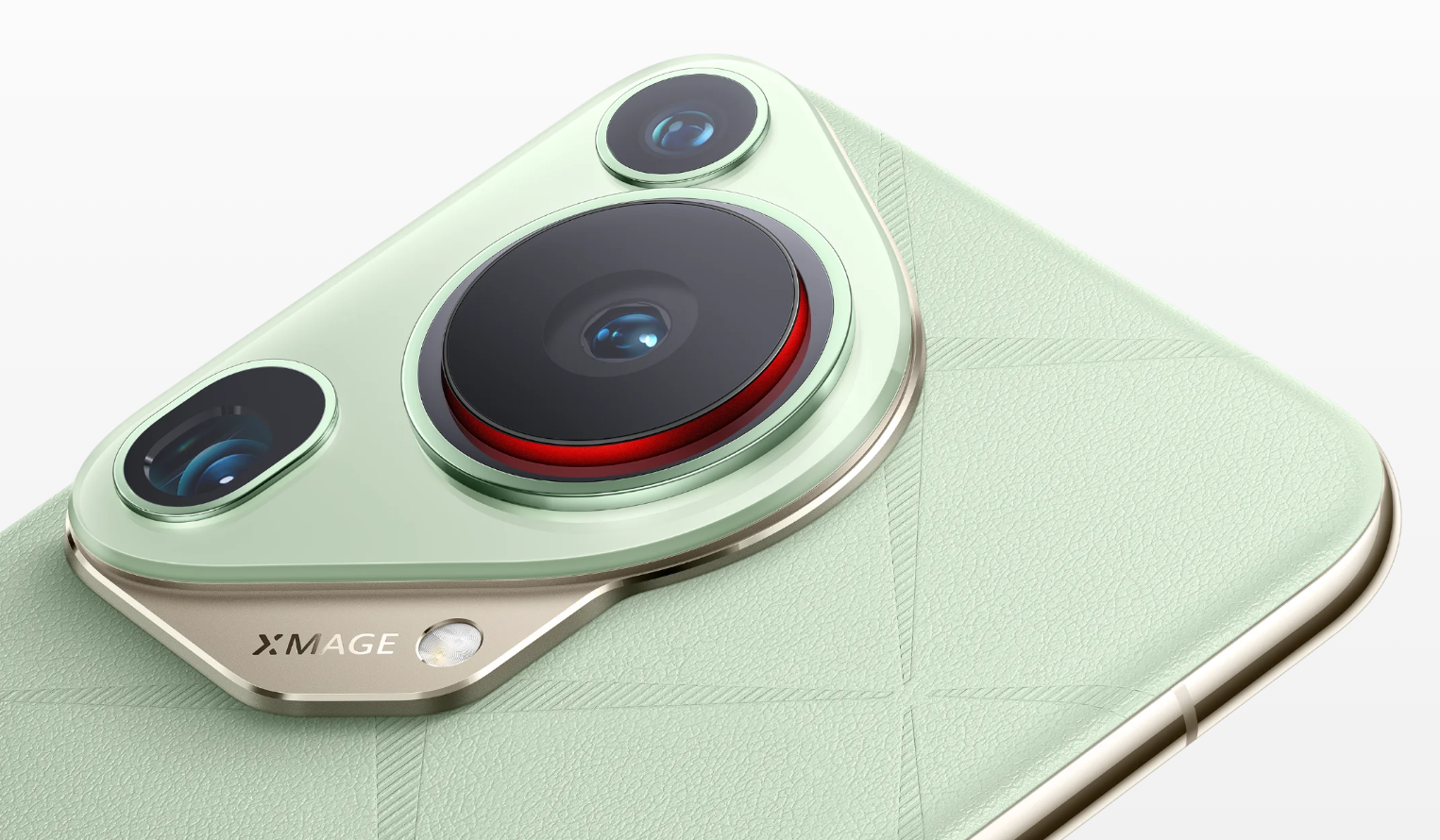
(Image from Huawei)
While Ockham's Razor suggests simplicity, users are highly sensitive to imaging flagship thickness, making body structure optimization and thinning a critical engineering challenge. Besides Huawei's Pura 70 Ultra, OPPO has also experimented with a pop-up structure for large-sensor telephoto lenses, though not yet in mass production.
3. Spectral Sensor: Smartphones See 'True Color' for the First Time
Representative Product: Huawei Mate 70 Series
This year, Huawei introduced the new 'Maple Leaf Original Color Imaging' on the Mate 70 series, reigniting discussions on spectral sensors due to their exceptional color reproduction capabilities.
Most digital cameras cannot reproduce 100% of human-visible colors. This is because the RGB three-channel image sensor's spectral response differs from human eye visual cells, resulting in color undersaturation or oversaturation in the original image output, a hardware limitation. Manufacturers often adjust colors through ISP post-processing, but phones may still 'guess' colors differently from what we see.
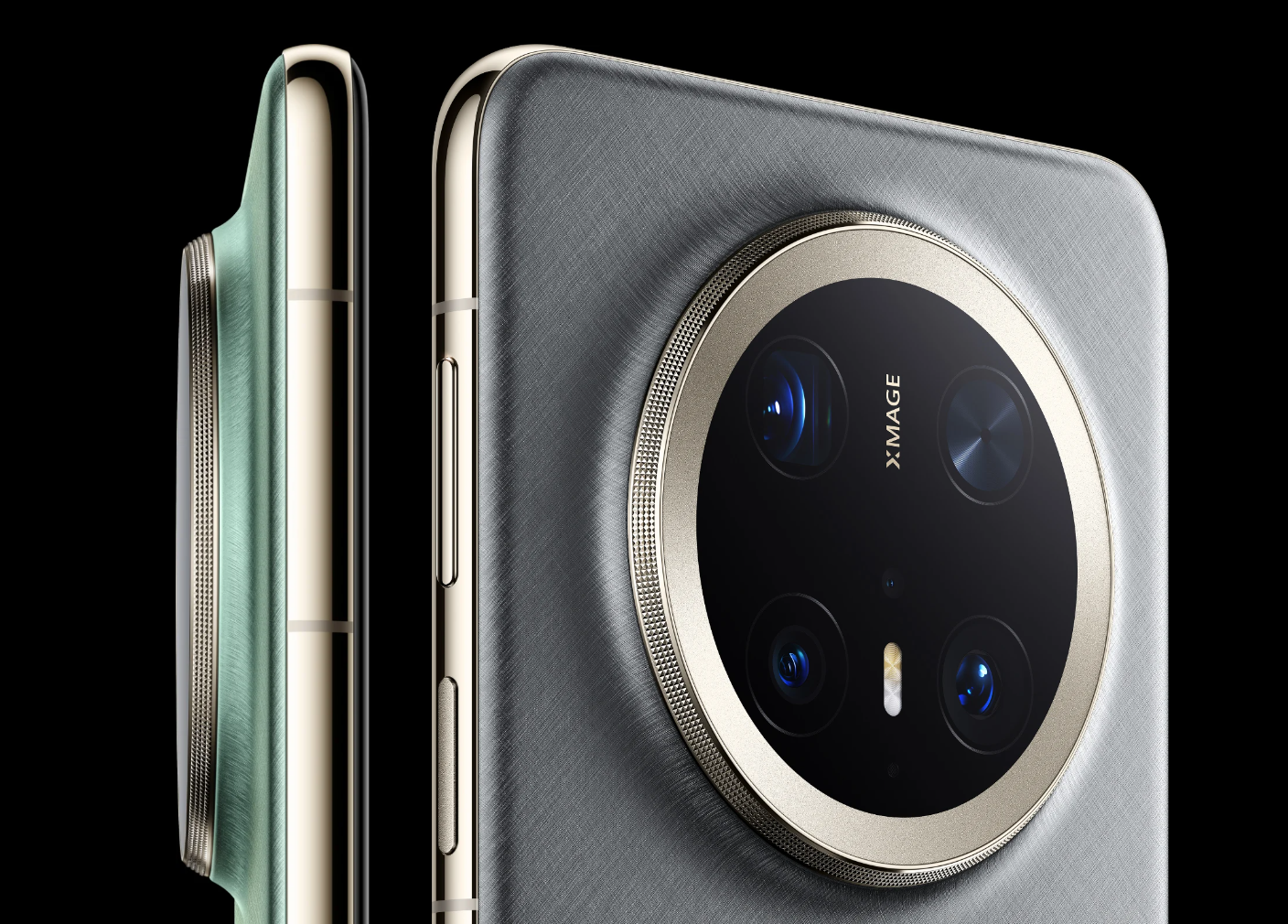
(Image from Huawei)
Huawei is not the first to equip devices with spectral enhancement sensors. Many brands have tried, but multi-camera fusion results were suboptimal. The Mate 70 series's Maple Leaf Original Color Camera accurately records color data missing from traditional CMOS sensors and restores colors through ISP post-processing, aligning image perception with human vision. Huawei's deeper understanding of spectral sensors showcases the role of auxiliary components in imaging, and OPPO Find X8 Ultra's inclusion of a spectral enhancement sensor reaffirms market recognition of auxiliary components or hardware-software integration maturity.
4. Silicon Anode Battery Technology: High-density, Compact, High-capacity Batteries Arrive
Representative Models: vivo X200 Pro mini, vivo Y300 Pro, etc.
You may have noticed significantly increased battery capacities in phones released this year, often starting at 6000mAh or more, with a minimum of 5500mAh. Additionally, terms like 'Blue Ocean Battery,' 'Jinshajiang Battery,' and 'Qinghai Lake Battery' have emerged.
In essence, the key to the surge in mobile phone battery capacity lies in electrode material updates. Traditional lithium battery anodes are usually graphite, while new battery technology adds a small amount of silicon. This material has a much higher theoretical capacity than graphite, providing a breakthrough for increasing mobile phone battery capacity.
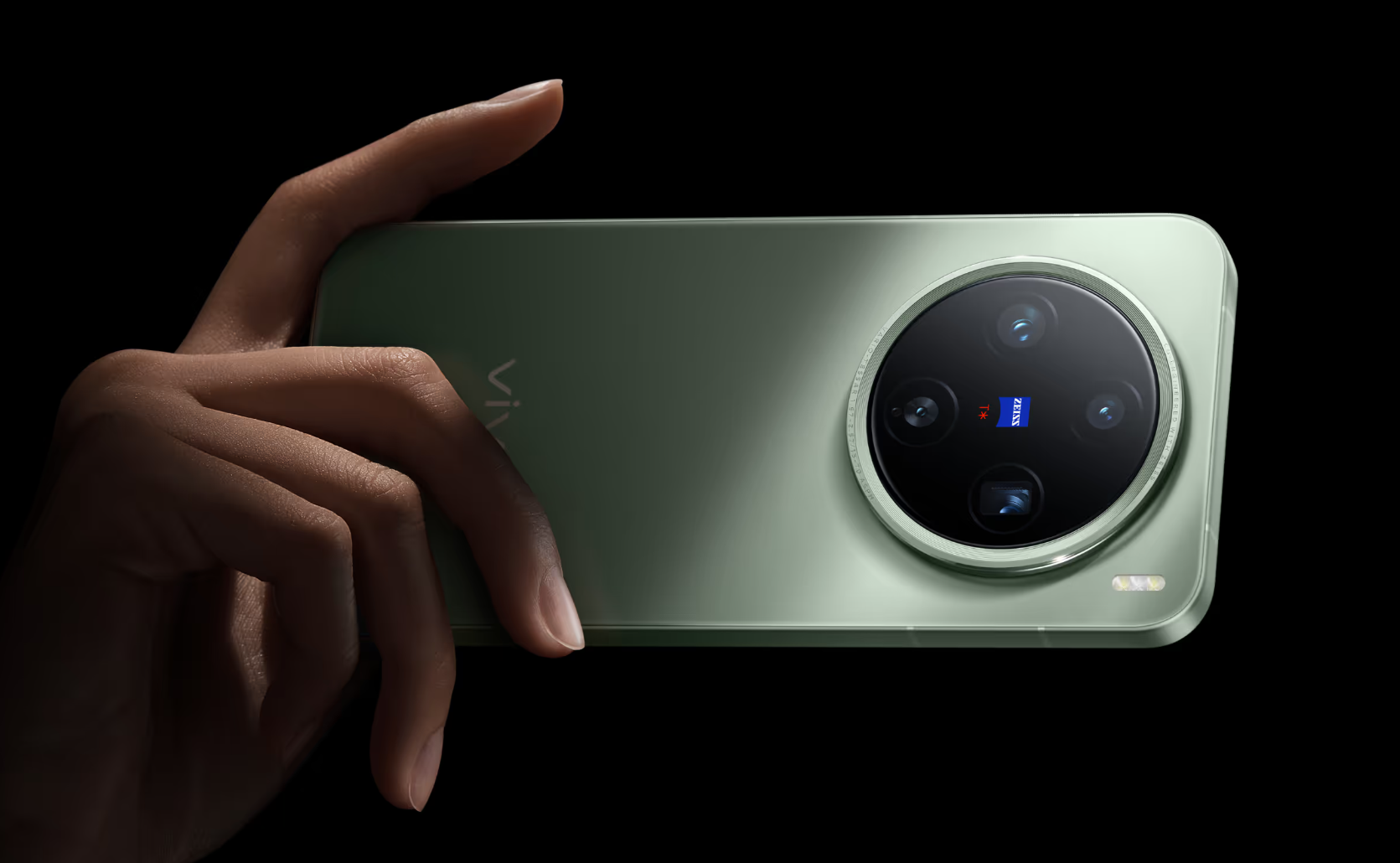
(Image from vivo)
vivo's 'Blue Ocean Battery' represents silicon-carbon anode battery technology. High-energy-density batteries significantly impact small-screen and foldable phones. For example, the X200 Pro mini packs a 5700mAh battery in a body size comparable to a standard iPhone.
The most direct solution to mobile phone battery life is increased capacity. Market demand for battery life generally exceeds that for fast charging, indicating the correct direction of silicon-carbon anode batteries.
5. AIOS: Ushering Mobile Phones into the 'Autonomous Driving' Era
Representative Product: Honor Magic7 Series
AI was prevalent in the mobile phone industry in 2024, and under the influence of large AI models, manufacturers began deeply integrating operation OS with AI. On February 29, 2024, alongside the Meizu 21 PRO launch, the official introduced the AIOS concept. Beyond large AI models' generative capabilities, AI deeply integrates into the operating system, achieving 'autonomous driving' on mobile phones, outlining a future vision that may eliminate applications.
However, the first AIOS to realize mobile phone 'autonomous driving' did not come from Meizu but from Honor's Magic OS. At the Magic7 series launch, Zhao Ming personally demonstrated using a single sentence to ask YOYO Assistant to order 2000 cups of coffee. Specifically, the AI assistant completed mechanical tasks like searching, selecting, and clicking, leaving only payment confirmation for the user. Users input commands, and the AI directly outputs results, akin to the 'end-to-end' concept often discussed in autonomous driving.
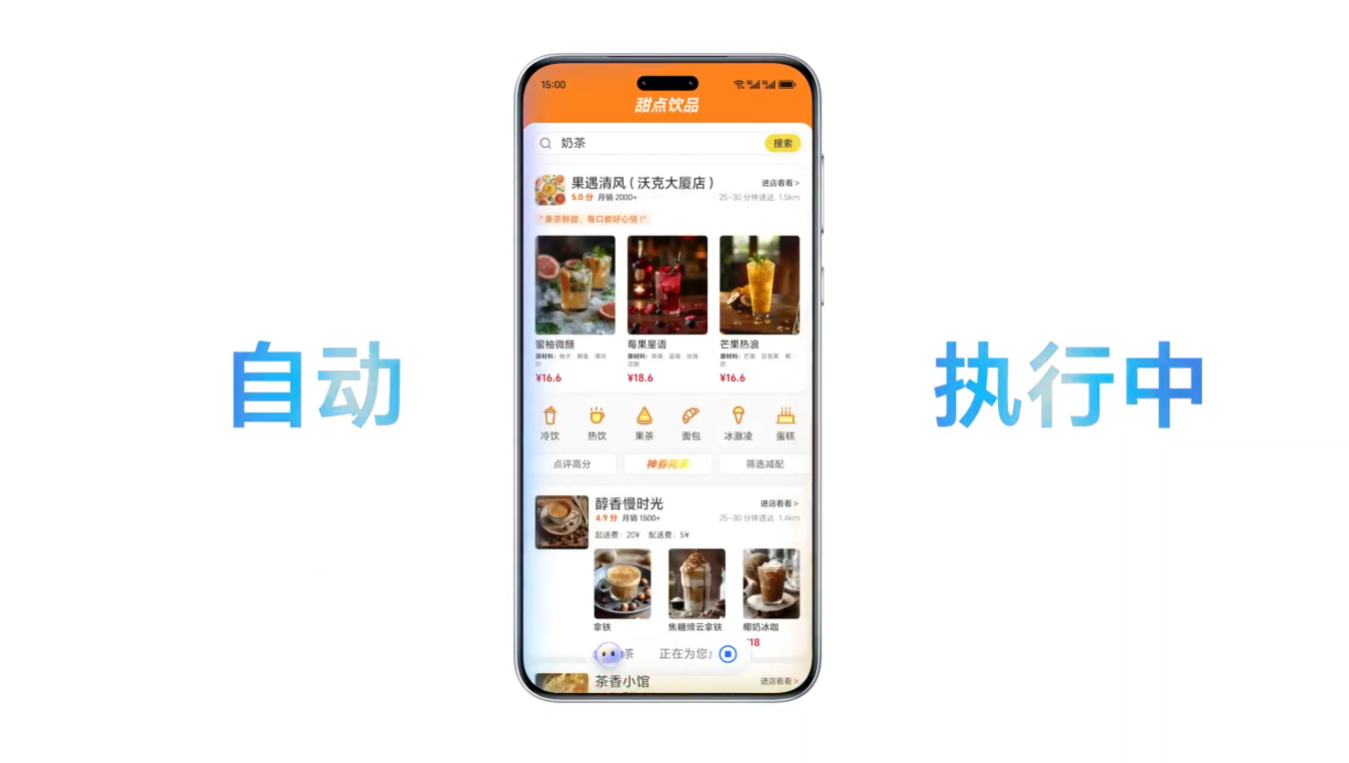
(Image from Honor)
AI assistants like YOYO offer even more capabilities. Lei believes the most practical feature is the suggestion card, providing various reminders after learning. For example, it can provide alarms and travel suggestions in flight schedules, genuinely beneficial for daily time planning. 'Autonomous driving' will undoubtedly be just one aspect of future mobile phone operating systems. YOYO's self-operating capabilities offer a glimpse into AIOS potential, and the future looks promising.
6. Native HarmonyOS: The Mobile OS Finally Has a 'Third Pole'
Representative Models: Huawei Mate 70 Series, Huawei Pura 70 Series, etc.
Since Symbian and Windows Phone's collapse, the mobile phone market hasn't seen a third major operating system besides iOS and Android for years. Mature software ecosystems and stable market shares have left little room for a third OS. However, Huawei's upstream efforts have still shocked many.
In October 2024, Huawei officially released HarmonyOS NEXT, a significant turning point. It completely shed the Android application ecosystem and AOSP code, embarking on the 'native' path. Whether from system architecture or application ecosystem perspectives, HarmonyOS NEXT is a third major operating system independent of iOS and Android. An independent operating system offers many benefits, including dedicated optimizations, the ability to establish software standards, and higher self-developed hardware utilization.

(Image from Huawei)
HarmonyOS NEXT's design and smoothness have convinced the public, but the 'pure-blooded HarmonyOS' brand hasn't fully established itself. The software ecosystem is key, with over 10,000 applications but still lagging behind the other two OSes. For the newly released Mate 70 series, Huawei offers a choice between dual-architecture and single-architecture HarmonyOS systems.
However, this is just a matter of time. As a leading brand, Huawei has strong appeal. Once software compatibility catches up, 'pure-blooded HarmonyOS' will confidently stand on its own.
7. Mobile Phone Snapshot: High-quality Image Capture Now Possible on Mobile Phones
Representative Models: OPPO Find X8 Series, Huawei Pura 70 Series, etc.
In 2024, the mobile phone industry continued to advance in imaging, with noticeable improvements in hardware and software capabilities. Additionally, AI capabilities enabled features like ultra-long-range zoom. Determinants of mobile phone imaging are diverse. Besides high-quality output, the market demands enhanced shooting experiences, such as snapshot capabilities.
In earlier years, the snapshot experience on smartphones was far from satisfactory, primarily due to technological constraints. For instance, inadequate hardware performance made it challenging to capture high-quality instantaneous images with faster shutter speeds. Some devices required a dedicated snapshot mode to achieve quick freezing, often leading to issues like 'algorithm dropout.' However, the scenario has dramatically shifted. With groundbreaking advancements in imaging technology and computing power, superior conditions have been fostered for snapshot capabilities, which have emerged as a focal point continuously emphasized by mobile phone manufacturers this year.
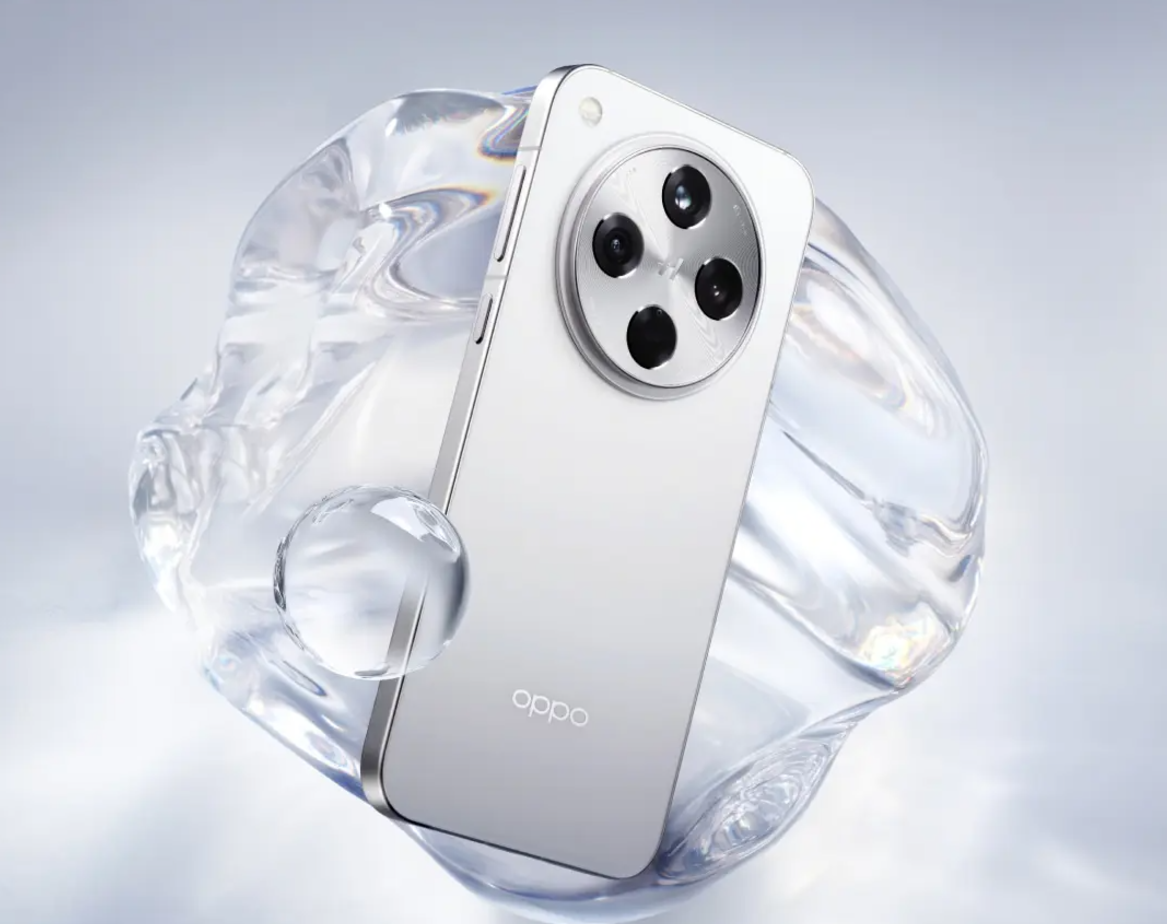
(Image from OPPO)
Following the Magic6 series and Pura 70 series, numerous models have zeroed in on snapshot capabilities, exemplified by the Find X8 series's Shadowless Snapshot feature. In essence, OPPO's approach segregates photography from computation. It identifies the subject early on and automatically adjusts the shutter speed, swiftly capturing both short and long frames (the short frame captures the moment, while the long frame enhances image quality). The company asserts that there is algorithm optimization even after consecutively taking 200 photos, negating the need for a separate snapshot mode.
Taking a casual photo is a straightforward need for everyday consumers, yet it's not an easy feat to accomplish. Daily life recordings inherently encompass numerous unpredictable dynamic elements. Mobile phone manufacturers' emphasis on snapshot capabilities underscores their competitive edge in user experience.
8. Offline Calling: Transform Your Mobile Phone into a 'Walkie-Talkie,' More Practical Than Satellite Communication
Representative models: Xiaomi 15 series, vivo X200 series, etc.
For extreme environments devoid of networks or signals, mobile phone manufacturers have generally adopted two solution directions. One is satellite communication, which has significant limitations in urban areas and is generally unused. Consequently, another direction arises - offline calling. Currently, mainstream manufacturers like vivo, OPPO, and Xiaomi have ventured into this realm, poised to be a new trend in 2025.
For instance, the Xiaomi 15 series introduced the "Starlink No Network" calling technology. Its standout feature allows users to make two-way calls within a 3.5-kilometer radius without network access. This technology hinges on peer-to-peer wireless communication protocols. In areas without network signal coverage, mobile phones can still communicate with each other, akin to walkie-talkies.
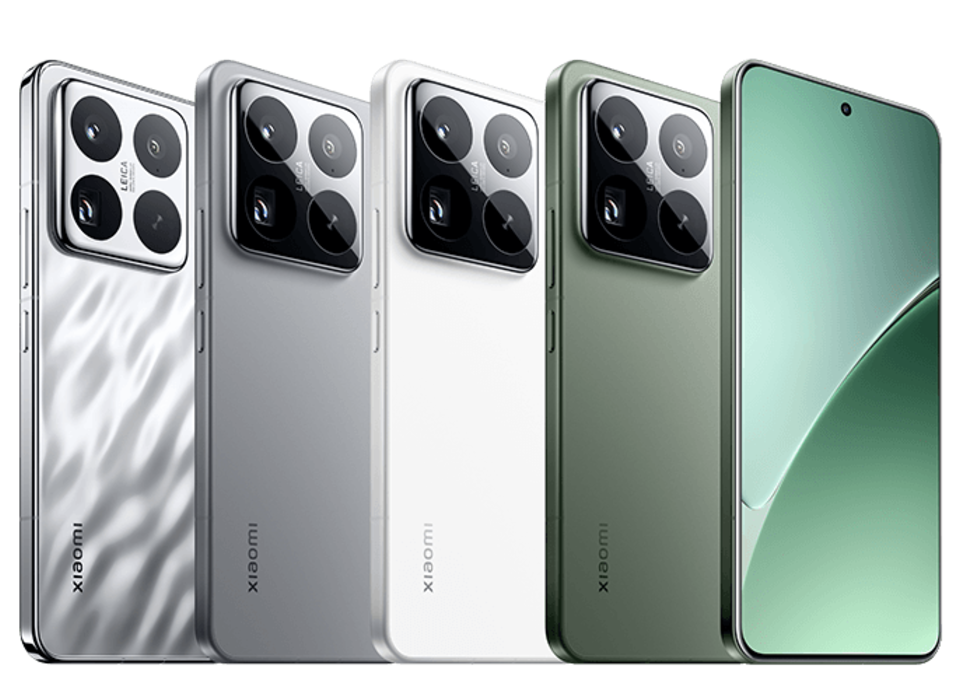
(Image from Xiaomi)
Nonetheless, peer-to-peer no-network calling presently has its limitations. Due to disparities in communication protocols among different mobile phone brands, only models utilizing the same brand and technology can facilitate no-network calling. Xiao Lei believes that without a universal no-network communication protocol, usage scenarios will likely remain idealistic.
9. Isodepth Quad-Curved Screen: The Optimal Solution Between "Curved" and "Straight" Mobile Phones
Representative models: Xiaomi 15 Pro, OPPO Find X8 Pro, etc.
As 2024 draws to a close, the dual-curved screen design is gradually fading from the mainstream, supplanted by the more practical and aesthetically pleasing isodepth quad-curved glass. All flagship phones released in the past two months have unanimously adopted isodepth quad-curved screen glass.
In the era of full-screen displays, some mobile phone manufacturers have previously experimented with quad-curved screens. However, considering the intricate manufacturing process, high customization costs, and uncertain drop resistance, Xiao Lei's deepest impression remains Huawei's P40 Pro/Pro+ launched in 2020. At that time, more mainstream brands favored dual-curved screens, believing they were mature, high-end, and less prone to errors, conducive to tapping into the high-end market. Nonetheless, many mobile phone users have consistently voiced complaints about the dual-curved design.
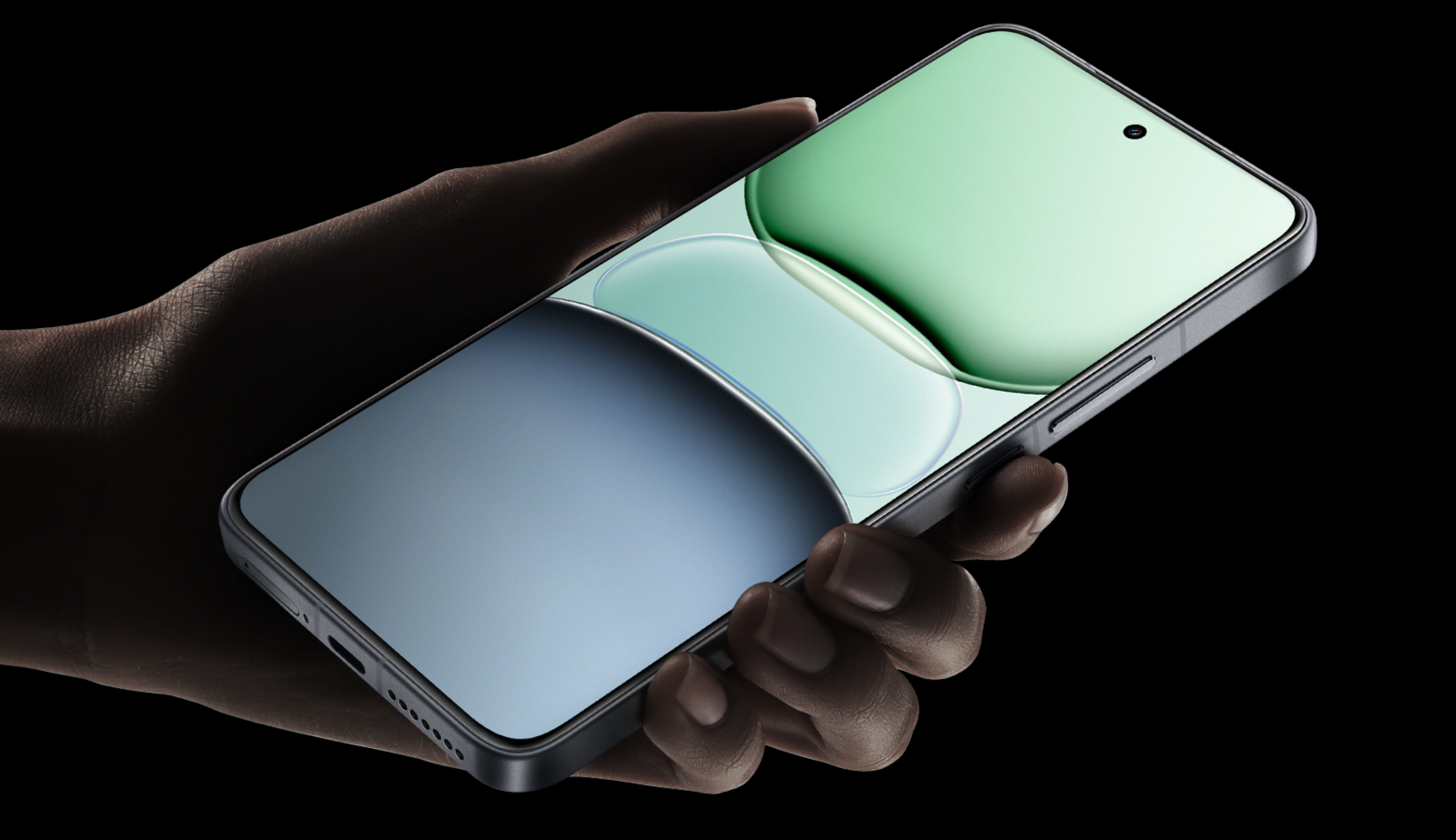
(Image from Xiaomi)
By 2024, the status of dual-curved screens has undergone significant transformations. Mainstream brands have begun testing quad-curved screens on mid-to-low-end models (like vivo Y300 Pro, OPPO Reno12 series, etc.) and have extensively adopted them in the latest generation of flagship phones, officially supplanting dual-curved screens. New flagship phones such as the Honor Magic7 Pro, Huawei Mate 70 Pro/Pro+, OPPO Find X8 Pro, and vivo X200 series all feature isodepth quad-curved screens, indicating that both technology and supply are relatively mature.
The future trend for flagship phone screen formats is also clear: isodepth quad-curved screens will become one of the primary selling points of high-end flagship phones.
10. Live Photos: iPhone Is No Longer the Sole Option for Dynamic Photos
Representative models: OPPO Reno13 series, OPPO Find X8 series, etc.
In Xiao Lei's opinion, the final representative shift in the mobile phone industry this year is live photos. In earlier years, iPhone was virtually synonymous with Live Photos. Pressing the shutter button simultaneously captured a photo and recorded a vivid video. Live Photos gained recognition in the mobile phone market and remain a pivotal reason users can't part with iPhone.
It's not that other phones can't take live photos; it's just that most don't support sharing them on social platforms.
In 2024, the landscape for live photos has undergone profound changes. OPPO pioneered this shift, swiftly followed by brands like vivo, which support taking live photos and sharing them on social platforms like Xiaohongshu. iPhone is no longer the "sole" option. After a group of Android manufacturers became compatible with Apple, live photo files can also be transferred between the two platforms, markedly enhancing usability.
The newly released OPPO Reno13 series also supports higher-specification live photo output, enabling video content filtering, and the built-in photo album offers a suite of post-production editing options. Its functionality and experience gradually surpass those of iPhone. With this selling point, Android manufacturers can convert a substantial number of iPhone users.
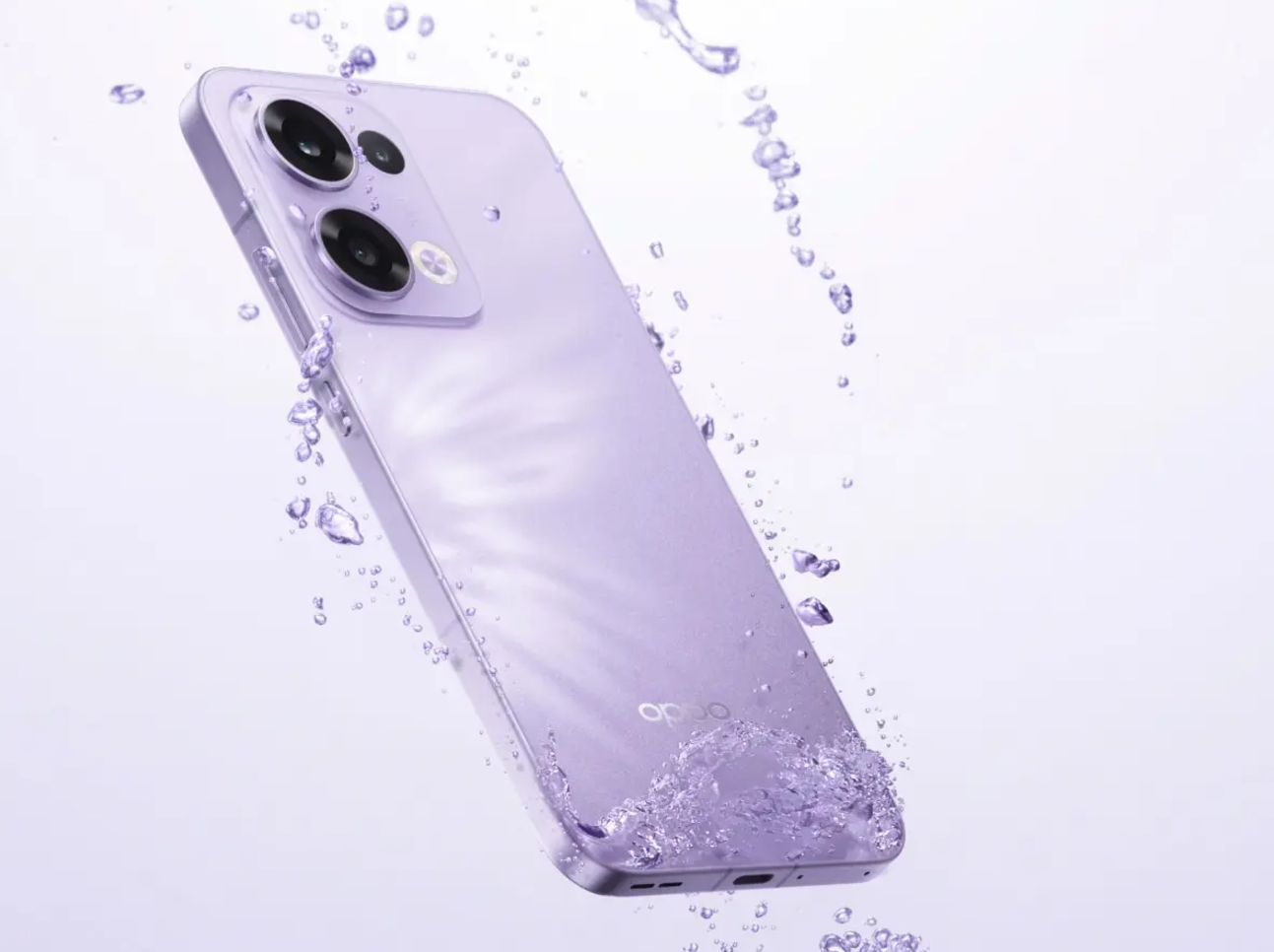
(Image from OPPO)
Overall, many of these innovations hold practical significance and can effectively serve their purpose in daily use. These innovations also underscore one point: mobile phone manufacturers are no longer pursuing empty innovations; they are starting to shoulder more responsibility for the user experience.
Emphasizing Practicality, Mobile Phone Manufacturers Are No Longer "Baking Cakes for Innovation"
As everyone knows, the smartphone market has become saturated, with the overall pie size remaining static, and mobile phone manufacturers have long entered a fiercely competitive stage. Regarding technological and design innovations, mobile phone manufacturers have become exceedingly cautious: innovation can vary in degree, but avoiding mistakes is paramount.
Concurrently, manufacturers are no longer pursuing empty innovations. We can even observe that mobile phone brands have ceased hyping up concept phones in recent years and have started considering the user experience, making minor "micro-innovations".
Apart from some of the aforementioned representative innovations, such as OPPO's inverted periscope structure with a thinner module to balance body thickness and telephoto experience, some hardware parameters of mobile phones are also "cooling down." Fewer phones utilize 1-inch sensors, and technologies like micro-gimbals have also exited the stage.
Many seemingly impressive parameters and technologies are gradually being abandoned by manufacturers for various reasons, including immature technology, limited experience upgrades, or the emergence of alternatives.
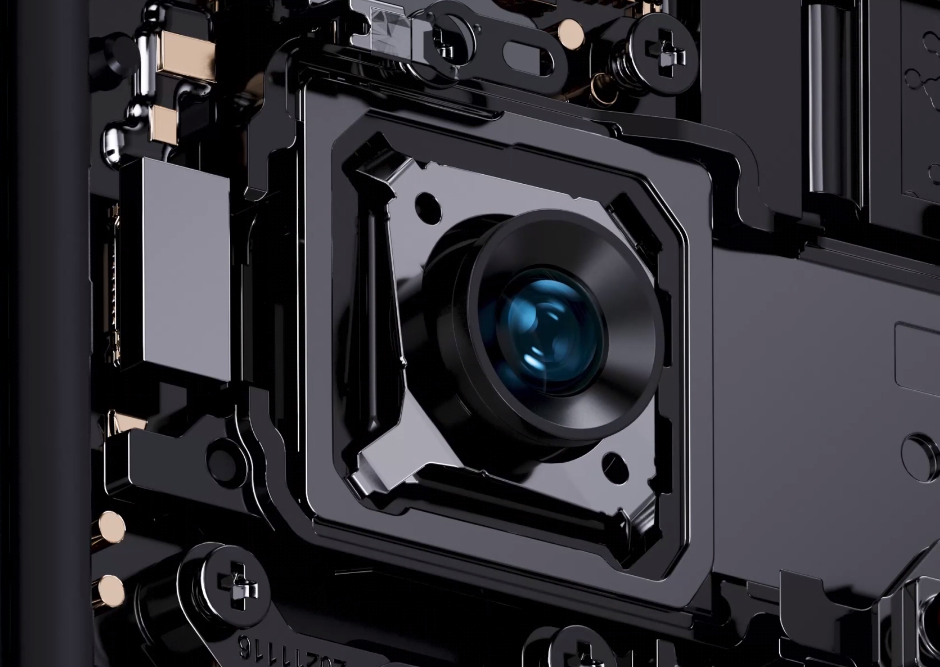
(Image from vivo)
As mobile phone manufacturers slow down their pace of innovation, the mobile phone industry inevitably becomes somewhat monotonous. However, Lei Technology believes that the underlying rationale behind all technological innovations and accumulations is to consider one thing: whether this will benefit users.
The market is becoming increasingly discerning about products, and everyone hopes to spend their money wisely. Brands have less room for error, and even minor technical flaws can lead to a reversal in reputation and sales, as evidenced by past instances.
It can only be said that in the upcoming year of 2025, from minor solution adjustments to major technological breakthroughs, we will rarely witness "grand gestures" from mobile phone brands. All innovations and designs will be geared towards mass production. Consumers no longer trust empty boasts and parameter competitions; they solely trust the actual experience.
User Experience Is the Sole Aim of Mobile Phone Innovation
When discussing mobile phone experience, iPhone is invariably a prominent figure that cannot be overlooked. Despite years of criticism for "squeezing the toothpaste tube" and "lacking innovation," Apple's mobile phones still stand tall.
According to IDC data, the global smartphone market grew by 5% year-on-year in the third quarter of 2024, with Apple securing the top spot in the high-end market with a 63% market share. Canalys data reveals that Apple still accounts for over half of the share, at 52%, in the Chinese high-end mobile phone market priced above $600. With strong user stickiness and brand effect, coupled with discounts and subsidies from various platforms, iPhone still maintains an unshakeable position in the Chinese market. Therefore, if Chinese independent brands aspire to increase their market share, they need to compete for users either from Huawei or Apple.
Many iPhone experiences used to be exclusive: exclusive multi-device ecosystem interconnection, exclusive Live Photos, exclusive application ecosystem, exclusive optimization, and design. Consequently, we can observe that brands like OPPO, vivo, and Xiaomi have adopted the strategy of "understanding and becoming Apple." They have interconnected with Apple, surpassed Apple in experiences like Live Photos, and even aligned their appearance design with Apple to convert iPhone users.
In the upcoming year of 2025, we might witness more similar actions. Reports indicate that Xiaomi is exploring the possibility of compatibility with Apple hardware (Airpods/Apple Watch/HomePod). This might seem like "copying," but in Lei Technology's view, it is a highly effective strategy.
This further illustrates that user experience is the ultimate innovation. By following Apple's path and making it unattainable for Apple to emulate, the offensive strategy of Chinese mobile phones appears to be becoming increasingly clear.

Source: Lei Technology






